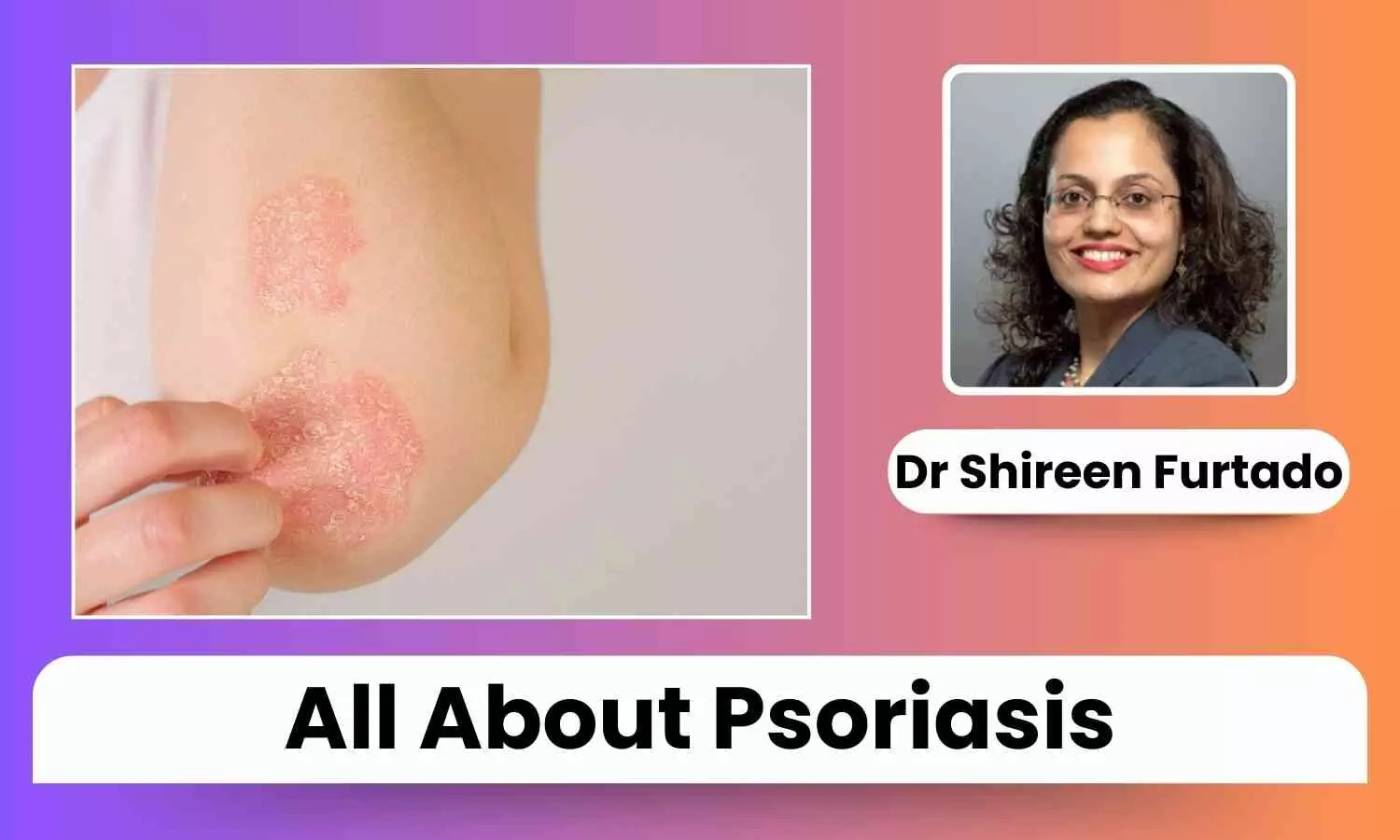Psoriasis: Symptoms, Diagnosis, and Available Treatment Options - Dr Shireen Furtado

Psoriasis is a chronic autoimmune condition affecting millions globally, causing rapid skin cell growth that leads to scales, red patches, itching, and discomfort. It significantly impacts both physical and emotional well-being.
In this article, Dr Shireen Furtado, a renowned dermatologist, explores the key symptoms, diagnostic approaches, and various treatment options for managing psoriasis. She emphasizes the importance of early diagnosis and individualized treatment plans to help patients maintain a better quality of life.
Symptoms
The symptoms of psoriasis can vary widely among individuals, but the most common signs include:
- Plaques: Raised, red patches covered with thick, silvery-white scales, typically found on the elbows, knees, scalp, and lower back.
- Itching and Burning: Many individuals experience discomfort, including itching and a burning sensation on the affected areas.
- Nail Changes: Psoriasis can affect the nails, causing pitting, abnormal nail growth, and discolouration.
- Joint Pain: Some individuals may also experience psoriatic arthritis, which involves joint pain, stiffness, and swelling, potentially leading to joint damage if untreated.
- Varied Types: Psoriasis can present in several forms, including plaque psoriasis, guttate psoriasis (small, drop-shaped lesions), inverse psoriasis (smooth patches in skin folds), and pustular psoriasis (white pustules surrounded by red skin).
Diagnosis
Psoriasis diagnosis typically involves a thorough physical examination and medical history review. A dermatologist usually performs the evaluation, looking for characteristic symptoms and patterns on the skin.
In some cases, a skin biopsy may be conducted to rule out other skin conditions and confirm the diagnosis. It's important to note that psoriasis can sometimes be mistaken for other skin disorders, such as eczema or fungal infections. Therefore, a precise diagnosis is essential to ensure appropriate treatment.
Treatment
- Topical Treatments: These include creams, ointments, and lotions applied directly to the skin. Common options are corticosteroids, vitamin D analogues, retinoids, and calcineurin inhibitors. These treatments aim to reduce inflammation, slow skin cell turnover, and alleviate itching.
- Phototherapy: Controlled exposure to ultraviolet (UV) light can help improve symptoms for many individuals. This may involve treatments in a dermatologist's office or at home with special devices. Phototherapy can effectively reduce plaques and prevent flare-ups.
- Systemic Treatments: For moderate to severe cases, systemic medications may be necessary. These drugs, which can be taken orally or by injection, work throughout the body to suppress the immune response. Common systemic treatments include methotrexate, cyclosporine, and newer biologic drugs that target specific parts of the immune system.
Living with psoriasis can be challenging, but understanding the condition is the first step toward effective management. Awareness and education can empower individuals to seek appropriate care, engage in conversations with healthcare providers, and connect with support networks.
With the right treatment plan and lifestyle adjustments, many people with psoriasis can lead fulfilling lives, minimizing the impact of this condition on their daily routines. If you or someone you know is struggling with psoriasis, don’t hesitate to reach out to a doctor for guidance and support.


